How to determine the required discharge area of the safety valve based on the parameters of the high-pressure steam system?
In the high-pressure steam system, the main function of the safety valve is to quickly open and discharge excess steam when the system pressure exceeds the set value to protect the safe operation of the system. Therefore, determining the required discharge area of the safety valve is a key step in selecting the appropriate safety valve size.
First, it is necessary to collect the relevant parameters of the steam system, including the maximum working pressure of the system, medium temperature, flow rate, etc. These parameters will directly affect the selection and size determination of the safety valve. Use professional calculation formulas or consult relevant design manuals to calculate the required discharge area of the safety valve based on the collected system parameters. These formulas usually take into account factors such as steam density, flow rate, and pressure loss to ensure that the safety valve can accurately open and discharge enough steam at the specified pressure. On the basis of the calculated discharge area, it is usually necessary to add a certain safety margin to cope with possible pressure fluctuations or abnormal conditions in the system. The specific value of the safety margin should be determined according to the actual situation and design requirements of the system.
According to the calculated required discharge area, select the safety valve diameter that is closest to and slightly larger than the required area. The selection of the diameter should ensure that when the safety valve is opened, excess steam can be quickly discharged to avoid excessive system pressure. When selecting the safety valve diameter, the flow characteristics of steam also need to be considered. Different safety valve types have different flow characteristic curves, which describe the discharge capacity of the safety valve at different pressures. Therefore, when selecting the diameter, it should be ensured that the flow characteristic curve of the selected safety valve can meet the actual needs of the system. Manufacturers usually provide detailed performance data and selection guidelines for safety valves, including discharge area, flow characteristic curves, etc. under different diameters. These data can serve as an important reference for selecting the diameter of the safety valve.
After determining the type and size of the safety valve, the calculation results need to be verified. This includes checking whether the discharge area of the selected safety valve meets the actual needs of the system, and verifying whether the selected diameter can accurately open and discharge enough steam at the specified pressure. If the verification results do not meet the requirements, the type and size of the selected safety valve need to be adjusted. This may include selecting a different type of safety valve, increasing the safety margin, or adjusting the relevant parameters of the system. In some special cases, such as when the system needs to withstand extreme pressure or temperature fluctuations, it may be necessary to select a safety valve with special performance or add additional safety measures to ensure the safe operation of the system.

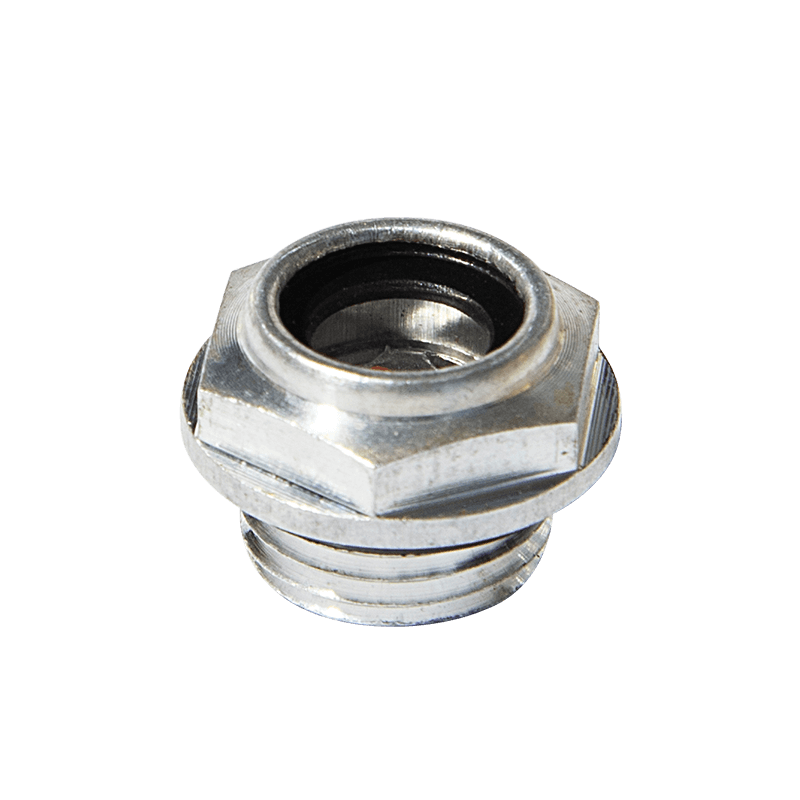
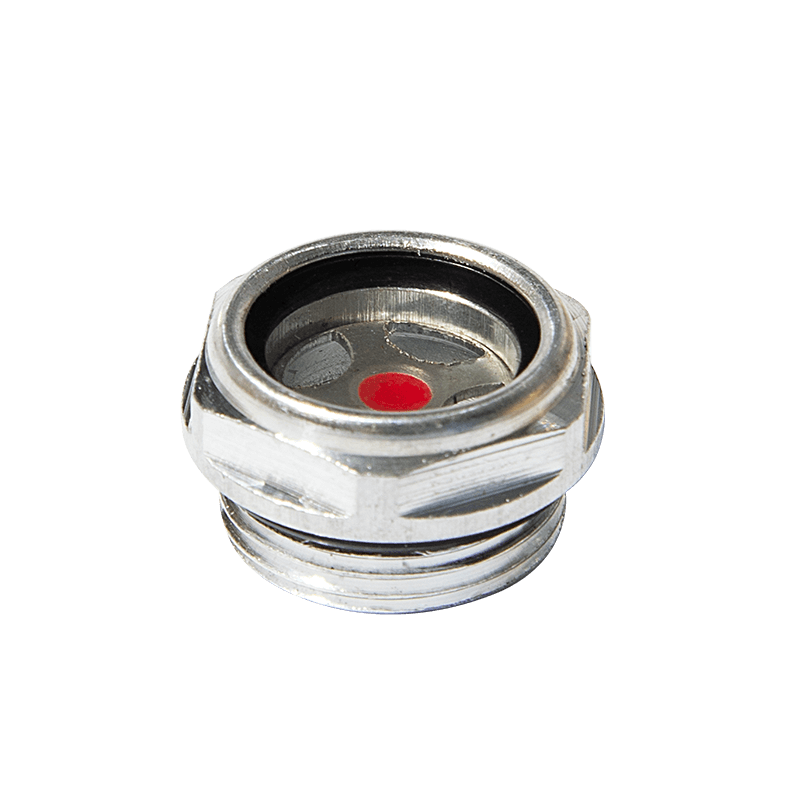
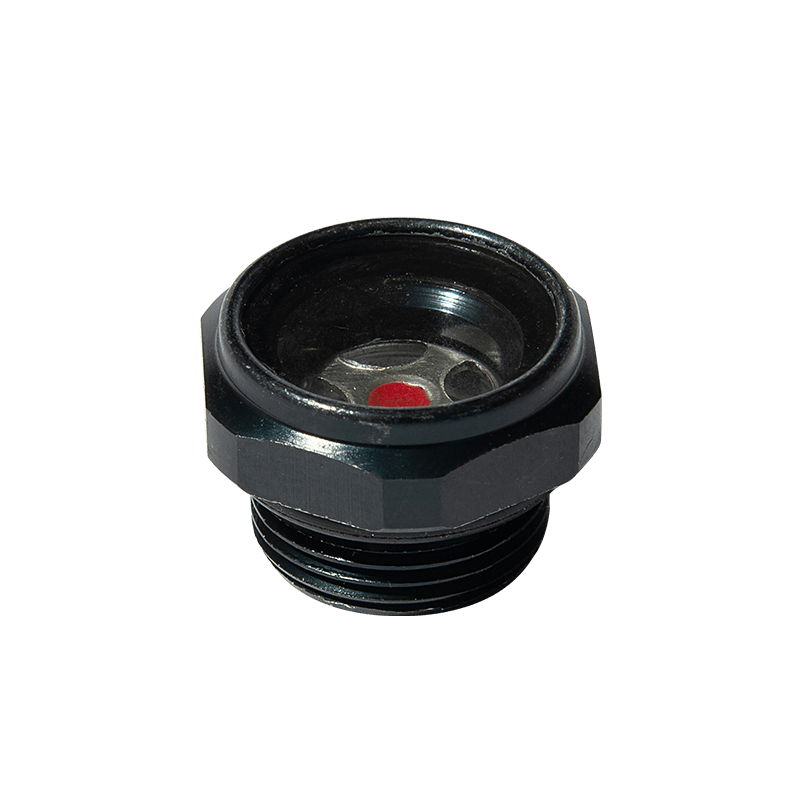
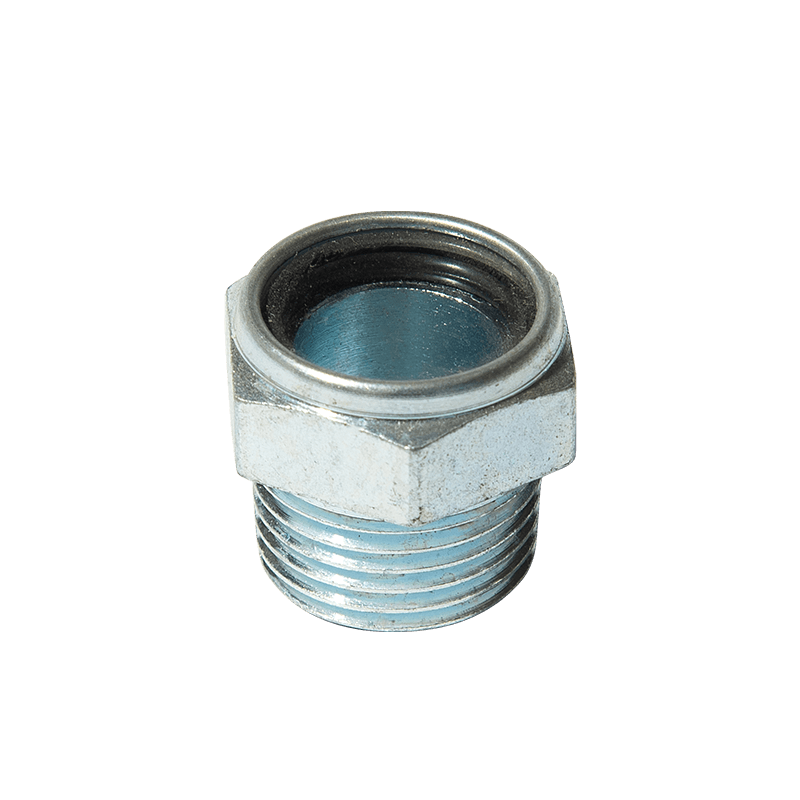
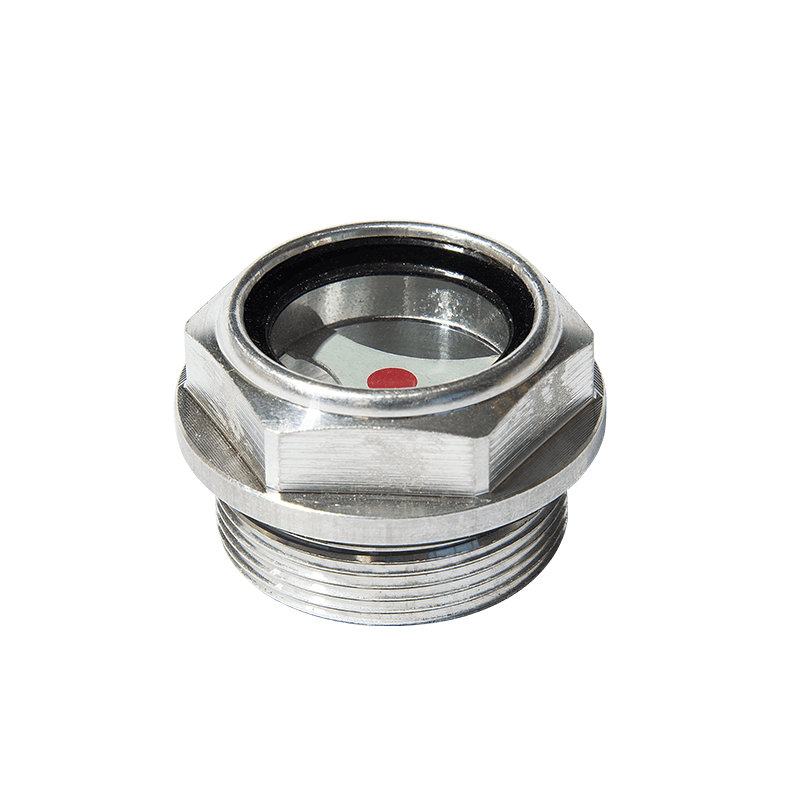
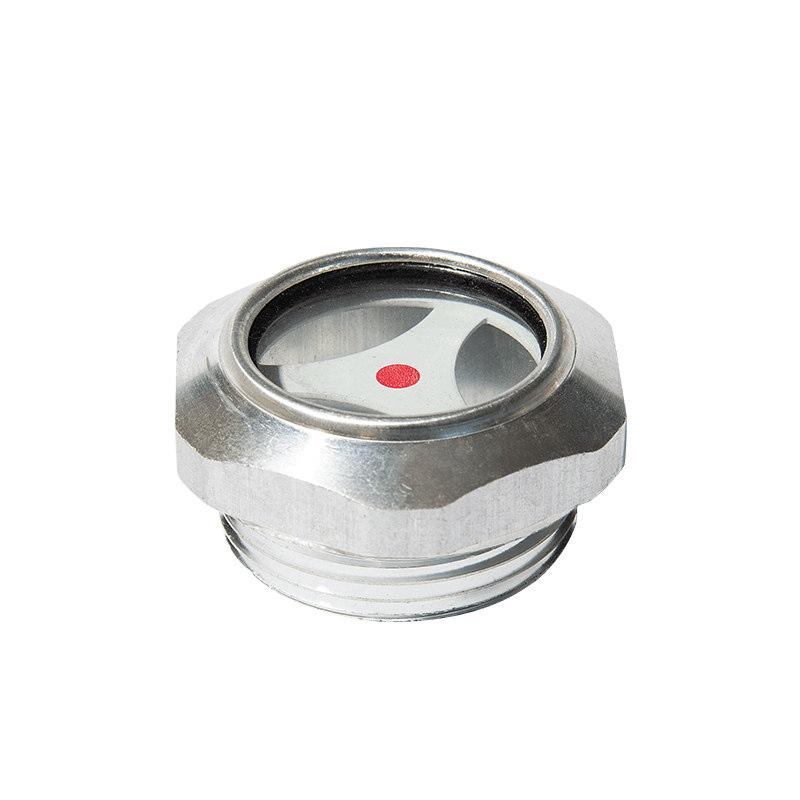
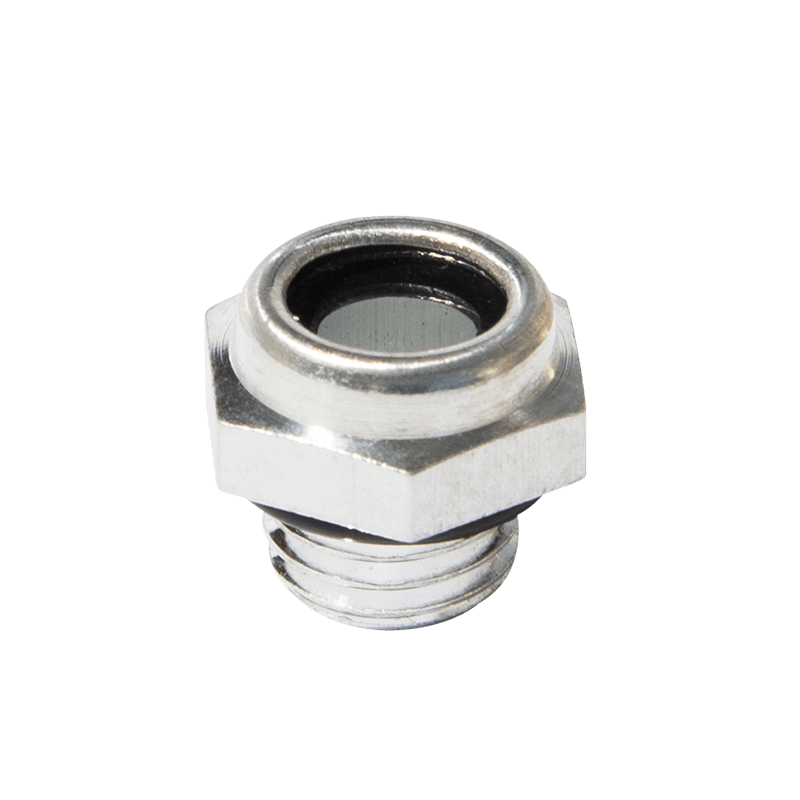
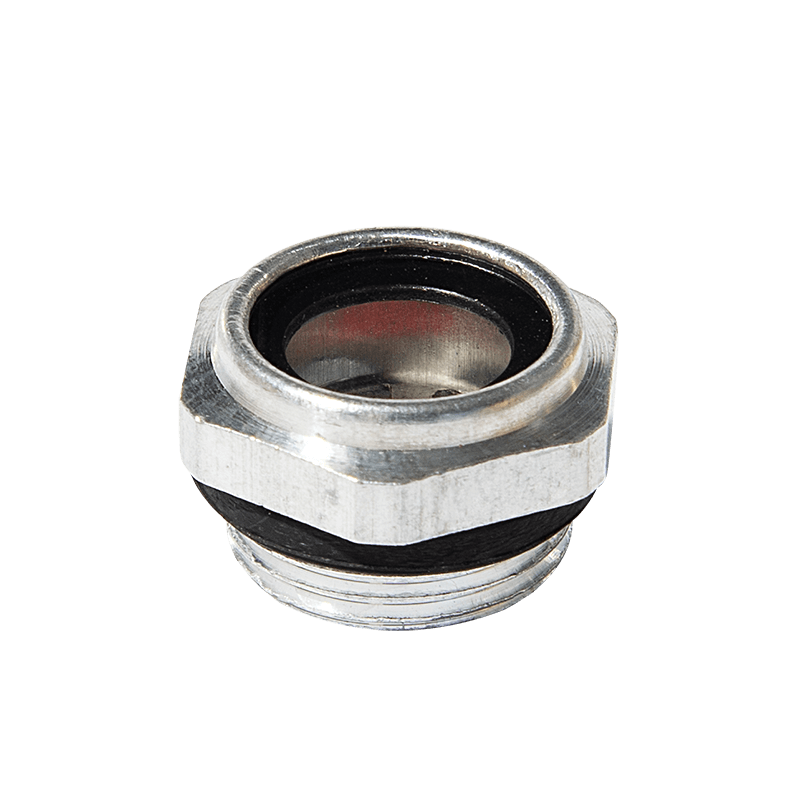
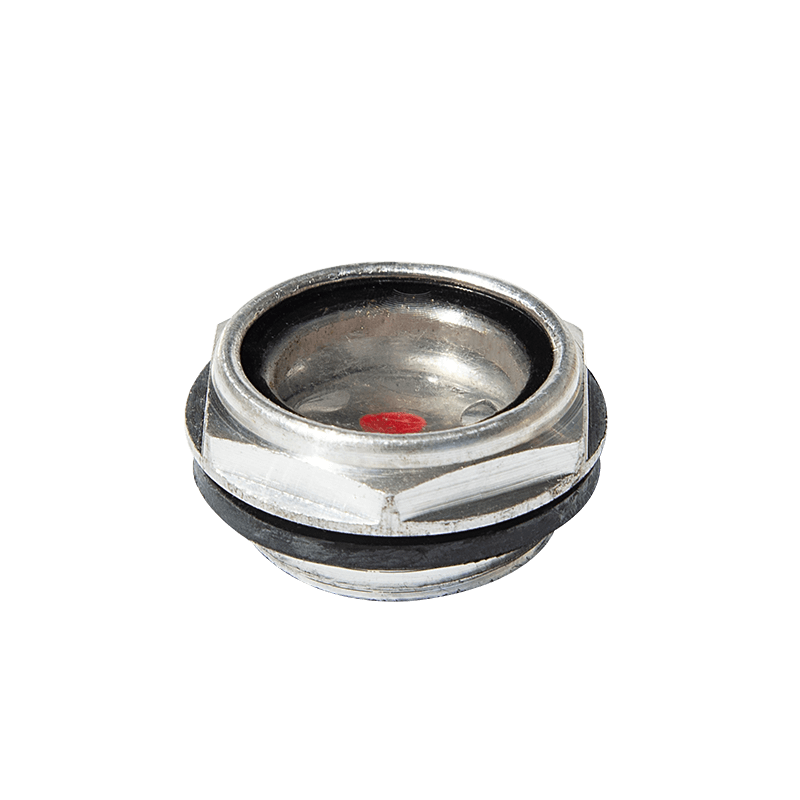
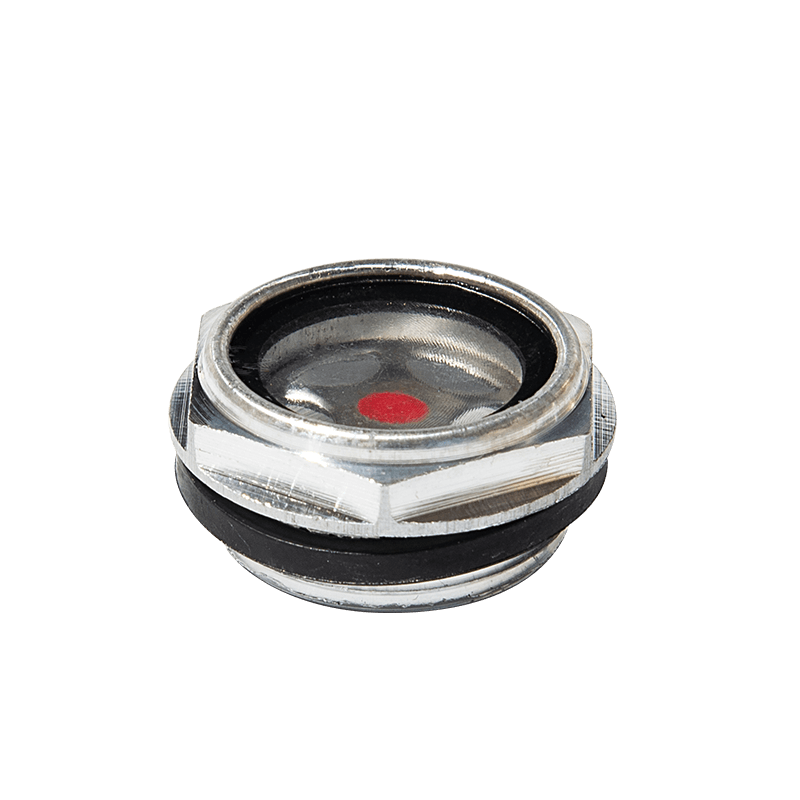





Contact Us